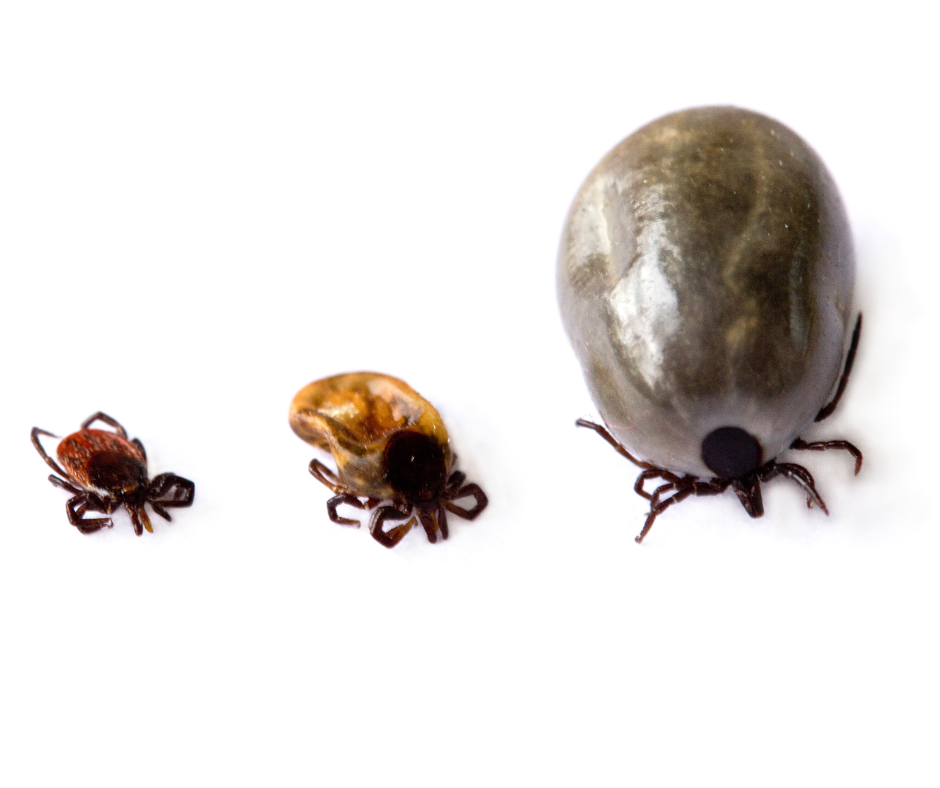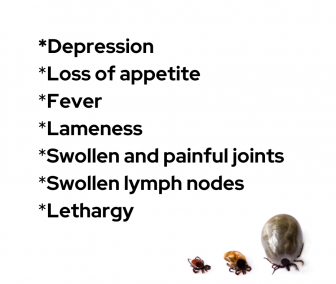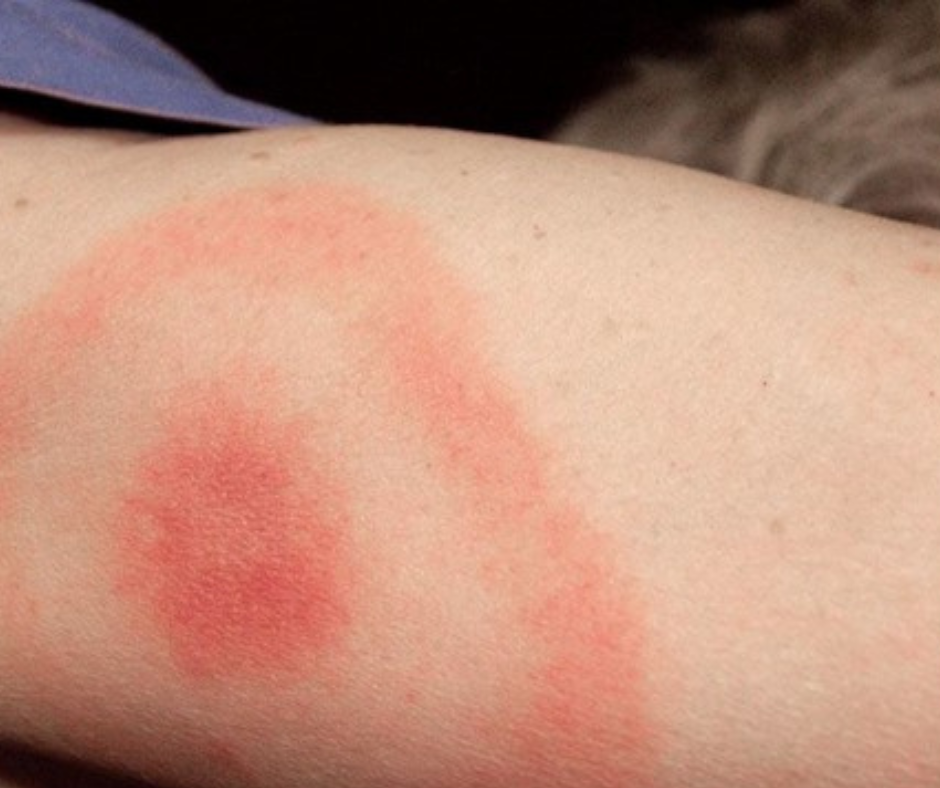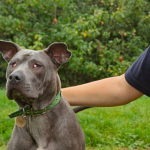
Understanding and Preventing Ticks in Your Pets
What are Ticks?

Ticks are small, spider-like parasites that feed on the blood of animals.
These pests have eight legs and an egg-shaped body that swells and darkens when filled with blood. Unlike fleas, ticks do not fly or jump. Instead, they climb or drop onto your pet’s coat when your pet brushes past the vegetation where ticks are waiting.
Tick Habitats and Seasons

Ticks are commonly found in woodland and grassland areas.
They are active throughout the year but are most prevalent from spring to autumn. Because tick bites can transmit diseases, it is crucial to remove ticks from your pets as soon as you find them.
Safe Tick Removal

When removing a tick, avoid squeezing its body or leaving the head embedded in your pet.Squeezing the tick can push infected blood back into your pet, increasing the risk of disease.
The safest way to remove a tick is by using a tick removal tool, which you can find at pet shops or veterinary clinics. Your vet can demonstrate the proper technique for twisting and removing ticks.
If you are unsure how to remove a tick, consult your vet first. Do not attempt to burn the tick off or use lotions to suffocate it, as these methods are ineffective and dangerous.
Lyme Disease and Its Symptoms
Ticks can transmit Lyme disease, a serious bacterial infection, to dogs, cats, and humans. Although Lyme disease is uncommon in cats, it is crucial to be aware of the symptoms in pets:

Early detection is key to effective treatment with antibiotics. If you suspect your pet has Lyme disease, contact your vet immediately for testing and treatment.
Tick Prevention

To prevent tick bites, use a tick treatment that either kills or repels ticks. There are different types of treatments, such as spot-on treatments and tablets.
We recommend always asking your vet for the best tick treatment.
Going on Holiday with Your Pet?

When traveling abroad with your furry friend, it’s important to be aware that diseases not seen in the UK can be transmitted by biting insects and ticks. To ensure your dog’s safety, consult your vet about the necessary preventative treatments to protect against ticks, sandflies, heartworms, and tapeworms.
The required treatments can vary depending on your destination, so it’s crucial to speak with your vet well in advance of your trip. Some treatments may need to be administered before your departure.
If your dog shows any signs of illness while you’re away or after you return, contact your vet immediately and inform them that your dog has been abroad.
Taking these precautions can help keep your pet healthy and safe during your travels.
Humans can get ticks too

Take precautions when walking your dog and wear long-sleeved tops and trousers to cover your skin. You can also use insect repellent to stop ticks.
If you’re bitten, use the tick twisting tool to remove the tick and If you’re concerned, or notice a bullseye shape rash please speak with your GP.
Tick Q&A: Keeping Your Pets Safe
A: Ticks are small, spider-like parasites that feed on blood. They don’t fly or jump but climb or drop onto your pet’s coat.
A: Ticks are common in woodlands and grasslands, especially between spring and autumn.
A: Ticks can transmit diseases like Lyme disease while feeding on your pet’s blood.
A: A serious bacterial infection affecting dogs, cats, and humans. Symptoms include depression, loss of appetite, fever, lameness, swollen joints, and lethargy.
A: Use tick treatments like spot-on treatments or tablets. Consult your vet for the best option.
A: Use a tick removal tool to twist the tick off without squeezing its body or leaving the head in. Ask your vet for a demonstration if needed.
A: Don’t squeeze the tick’s body, leave the head in, burn it off, or use lotion to suffocate it.
A: Symptoms include depression, loss of appetite, fever, lameness, swollen joints, and lethargy. Contact your vet if you notice these signs.
A: Yes. Wear long sleeves and trousers and use insect repellent when walking your dog. Use a tick removal tool if bitten, and consult your GP if concerned.
A: Consult your vet about preventative treatments for ticks and other parasites before traveling. Inform your vet if your pet shows signs of illness after traveling.
For any concerns or questions about ticks and your pet’s health, we always recommend you consult with your vet.
Keep up to date with the latest news from CDCH and sign up to our Newsletter today!
Categories
- Appeals (7)
- Events (8)
- News & Updates (67)
- Happy Tails (23)
- Past Appeals (86)
- Past Events (97)
- Support & Advice (46)
- Challenge Events (2)
Recent Posts
Related posts


Meet Hope, A Tiny Kitten Fighting for a Second Chance

Firework Season: Choose Kindness Over Noise

Max’s Story - A Golden Oldie Finding Comfort and Hope

To report cruelty or an animal in distress call 0300 1234 999













































































